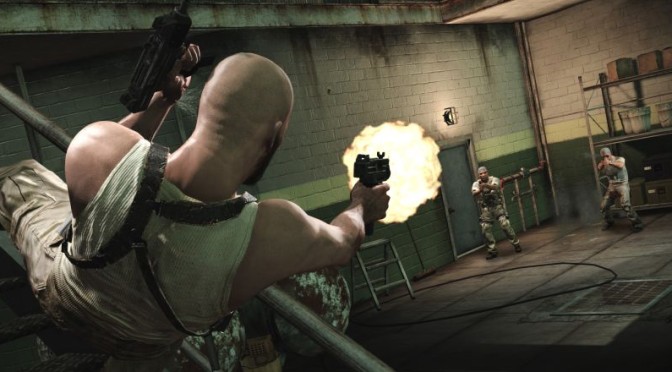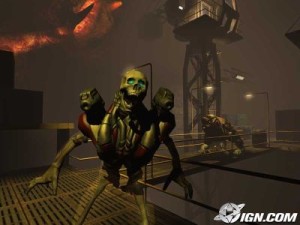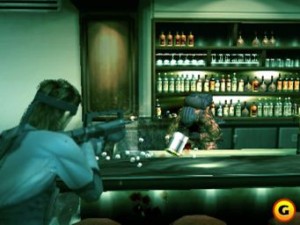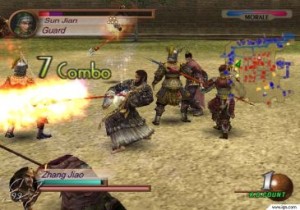Last time we chatted, I gave a word of warning on how easy it is to get into the trap of “more”. As a designer, it’s seductive… you get on a train of thought, thinking about a feature, and you want to consider all the things that would make that feature great. Overambitious designs is one of the biggest mistakes you see from amateur designers… coming up with “stuff” isn’t particularly hard, and scope bloat is something that just about every game has to deal with at some point.
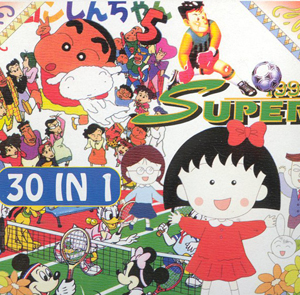 Back when games were smaller (or more recently in the casual game space) scope choices were easier. You started with limited technology, manpower and time. Generally you started with a singular activity and fleshed things out from that root. Whatever you couldn’t accomplish would quickly get stripped from the design.
Back when games were smaller (or more recently in the casual game space) scope choices were easier. You started with limited technology, manpower and time. Generally you started with a singular activity and fleshed things out from that root. Whatever you couldn’t accomplish would quickly get stripped from the design.
These days, as games get bigger and budgets get larger, the choices become more difficult. Feature sets have become very broad as shooters now come standard with vehicles, and driving titles get gun combat added to them… And when you’ve got a 10 or 20 million-dollar budget on a “triple-A” title, everyone’s got high expectations. It’s much harder to explain to an executive why you can’t just drop upgradable vehicles or clothing shops (or something as earth-shattering as multiplayer) into your game with just a bit more work.
As you start to debate the scope of a game, the boogeyman known as “player expectation” also comes into heavy use. Open-world games and MMO’s are the worst, providing the player with a large world and wide breadth of activities, along with incredible competition in that space. Grand Theft Auto is the poster child right now for breadth, with its bowling, fake internet access, cellphone upgrades, functional toll booths… they attempt to give players the closest thing they can to a full palette of features in a modern city. This means their game is just plain packed with stuff. Since it’s impossible to provide absolutely everything the player might expect or find “fun” in that space, the decision-making can seem arbitrary or even like guesswork.
I know that hardcore gamers hate to hear about developers delivering anything but the maximum they possibly can… Members of the hardcore can gripe that games are too simple these days and that they need as much depth and features as possible. I’ve been involved in heated arguments with good friends about what features in Oblivion (a game that I played the hell out of) might have been necessary or unnecessary. These folks are hardcore to the extreme (and also developers), and I respect their stance … but I did say before that making cuts can spark conflict, no?
 Depth and complexity are awesome things, but are best served in more carefully chosen places. Features that are just “filler” can just distract from the pacing and action of a title, and poorly-crafted activities can turn a player’s early experiences into negative ones. While your average gamer might believe that “more” does no harm, the truth is that every game is created using a limited sum of money… even the mighty GTA IV. Anything created for a game, no matter how simple or small it may seem, takes manpower and brainpower. Design, code, art, documentation, testing, translation… These resources must generally be applied to get the biggest bang for buck.
Depth and complexity are awesome things, but are best served in more carefully chosen places. Features that are just “filler” can just distract from the pacing and action of a title, and poorly-crafted activities can turn a player’s early experiences into negative ones. While your average gamer might believe that “more” does no harm, the truth is that every game is created using a limited sum of money… even the mighty GTA IV. Anything created for a game, no matter how simple or small it may seem, takes manpower and brainpower. Design, code, art, documentation, testing, translation… These resources must generally be applied to get the biggest bang for buck.
So what do you consider when looking to spend your buck?
Does it support the game’s objectives? Ideally, the biggest share of richness and depth should support a game’s stated core values (combat, exploration, collection, partying, whatever). I’ll talk more about setting these “pillars” next time, but if a new feature does not help a game further its primary objectives, see if it can be modified to do so. If this is not possible, the feature isn’t necessarily cut (everything from UI to game saves count as “features”… they are of course required to have a functional game), but these elements should be scrutinized and kept leaner and meaner if possible.
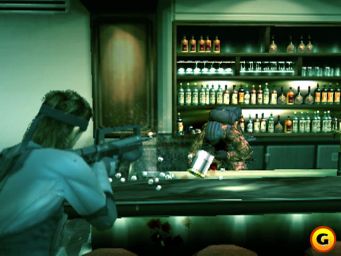 Is it worth the cost of entry? In a technically challenging project, it can be valuable to take an “all or nothing” stance on some features… When you implement a small feature, you are still creating new tasks for multiple team members, communicating objectives and checking on progress. There’s a start-up cost for something “new” that can be significant, even for something very light on technology or polish. Can that feature be filled out to be a more significant addition to the game experience? If not, sometimes that small feature is not worth the investment… and a game full of lots of tiny half-hearted features is rarely better than fewer, stronger, more robust features. A similar notion is that if it’s worth putting in the game, it’s worth making it good.
Is it worth the cost of entry? In a technically challenging project, it can be valuable to take an “all or nothing” stance on some features… When you implement a small feature, you are still creating new tasks for multiple team members, communicating objectives and checking on progress. There’s a start-up cost for something “new” that can be significant, even for something very light on technology or polish. Can that feature be filled out to be a more significant addition to the game experience? If not, sometimes that small feature is not worth the investment… and a game full of lots of tiny half-hearted features is rarely better than fewer, stronger, more robust features. A similar notion is that if it’s worth putting in the game, it’s worth making it good.
Is the gamer really going to notice? This particular statement is a rather cynical one, but it is a common theme in my posts if you’ve noticed… You want to put things into your game that gamers enjoy and tell each other about. Stuff that’s going to make your game stand out from the crowd. Stuff that makes critics sing and sales ring. Tiny little weird details are fun and all, but that realistic depiction of ice cubes melting is probably only going to amuse you, your buddies, and some forum-dweller named Monty in Arizona. Fun is fun (and programmers like a challenge) but keep your eye on the prize.
These are some of the basic reasons to think twice before you think “More”, but I’ll talk more about the pillars of a game and aiming your axe next time.

